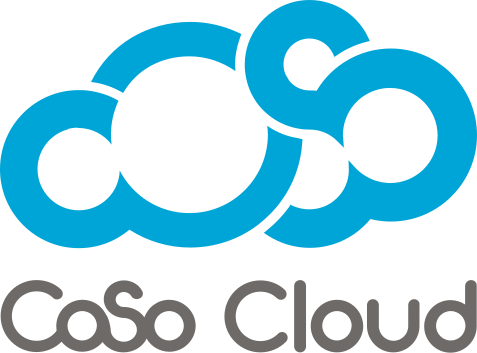Embarking on the Unified Communications Journey (Part 3)
February 2, 2016
In part one of this four-part series on the UC journey, we looked at the Planning Stage, which includes creating a vision, ensuring ROI, and eliminating extraneous expenses. In part two, we looked at the Deploy Stage, when your new UC system is actually being rolled out.
Today, we look at The Run Stage.
In this stage, we have a built system that’s out there. Let’s say it’s an enterprise-level managed deployment of Skype for Business. It’s live. People are using it. Now it’s time to shift our focus to the care, maintenance and feeding of the environment. This means adhering to the little everyday things like ensuring patches and updates are done with minimal disruption. But it’s also about making sure all the work you put into the planning and deployment is paying off.
It means continuously asking the big questions:
- Are my goals being met?
- Are employees seeing the value?
- Are support issues being resolved quickly?
- Are we seeing the scaling we expected?
The Importance of Proper Monitoring
Answering these questions means having ample monitoring in place—not just to troubleshoot problems as they arrive or to fix things when they break, but to ensure you’re meeting all the metrics that define the system’s success. Since the value and success of your UC system will ultimately come down to the people using it, one of the most important metrics to look at is adoption. Any drop off will result in underutilization and missed ROI. The sooner any kind of disenchantment is detected, the sooner the CIO can get employees back on track through continued training or incentives.
Another key metric involves endpoint devices. In the deploy stage, you determined which devices are most appropriate for each segment of the workforce. Perhaps you equipped your field force with extra rugged PDAs while outfitting your call center with special noise canceling headsets. Are these devices fully enabling your employees and supporting their use of Skype for Business? Or is improper device selection negatively impacting adoption and ultimately your ROI on the deployment? This and so much more can be determined with proper tracking in place.
Assigning Experts with Specific Skill Sets
But perhaps most critically, CIOs will want to repeatedly ask themselves: “Do I have the right experts making sure the system is running as it should?” This is key, because these are the people who can quickly uncover any hidden issues that might arise from any faulty planning or testing before it sabotages the system. This team should be comprised of specialists who each perform a very specific set of tasks. After all, troubleshooting network and quality control issues requires a set of expertise that’s vastly different than the knowledge and experience needed to administer and manage a Skype for Business application.
Assuming all the multiple skill sets and expertise are in place to effectively administer the deployment as a whole, the CIO is ready to move on to the Extend Stage, which you’ll soon see is about enhancing the employee experience and building on your now proven deployment for even greater success.
Next: The Extend Stage











